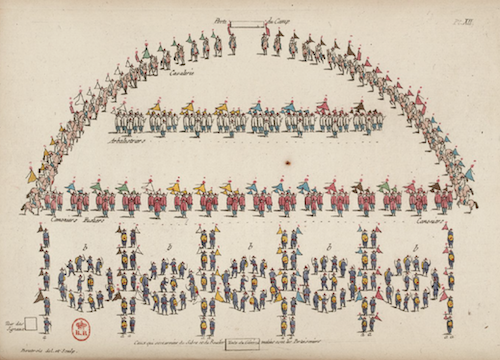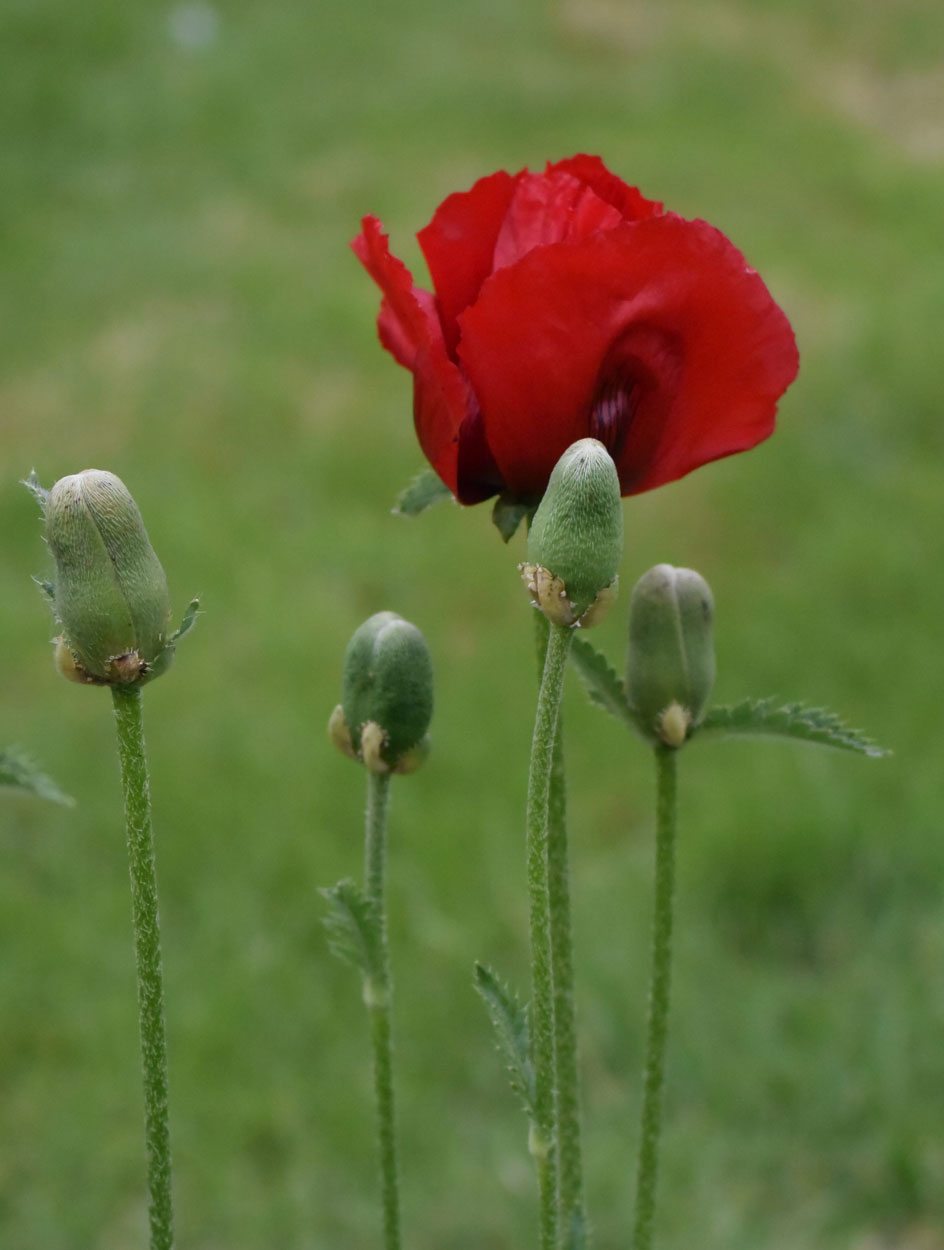Instructor Crofton Black recounts the trials and tribulations experienced by an early translator of the Art of War
Classics are shaped by successive ages in their own image: they endure despite, or because of this. The Art of War, attributed to Sun Tzu, is one such. It has been called the most “profound, comprehensive and transcendent” of all strategic works. It is concise, dense, structured around deceptively simple principles and overflowing with striking metaphors and analogies. This opens it up to a multiplicity of interpretations. In the last century, translated into English, it has been read as a way of understanding and defeating the Japanese military in World War II; as a post-911 manual for counter-insurgency; and as an instruction book for successful business management – to name only a few of the guises in which it has appeared. The Chinese, too, read it in different ways – and in different languages. Here we look at one lesser-known version of it, and ask what it meant to translate the Art of War in the eighteenth century, Europe’s famous Age of Enlightenment, just before the rise of Napoleon. Read More


